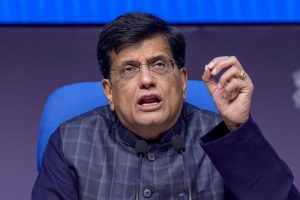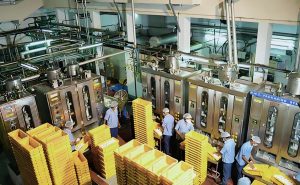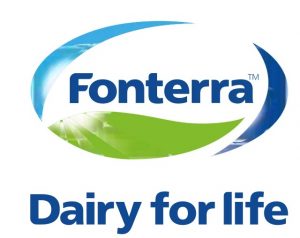
International Dairy Federation (IDF) World Dairy Summit was inaugurated after a gap of 48 years by Prime Minister Narendra Modi on September 12, 2022. Scientists and experts from above 50 countries, along with more than 500 farmers and their representatives, attended the summit. The meeting is being held at a time when the milk production in India has crossed 210 million tonnes — the highest in the world — with 75 lakh farmers, largely marginal and small, engaged in the industry. Globally, around 155 million households are engaged in milk production. India, for many years, has been the leader in milk production, accounting for 23 per cent of the global production. India is followed by the United States of America (USA), China, Pakistan and Brazil. One of the special features of Indian farming is that about 70 per cent of the farmers in the country are women. It is a life-sustaining resource for the landless (16 crore) and small farmers (representing 70 per cent).
The question is how can global and Indian farmers, as also the public at large, benefit from the summit? Dairy farmers face certain problems including inadequate milk marketing facilities and uncertain price of milk for producers, but the biggest problem is the lack of infrastructure for milk collection, transportation, pooling points and processing, veterinary and extension services, and losses arising out of scanty cold chain facilities. At present, there are four major schemes in the dairy sector — Animal Insurance Scheme, Fodder Development Scheme, Dairy Enterprise development Scheme and National Dairy Scheme for increasing milk production in 18 states of the country. However, if we consider the allocation of the budget, it is not at all commensurate with the focus of the government on the sector, especially in comparison with agricultural and horticultural crops. The agronomy-dominated Indian Council of Agricultural Research has not yet come over the green revolution syndrome. It does not allow proper planning and budget to animal husbandry and, hence, there is a demand for creation of a separate council for animal husbandry. After the creation of a separate Ministry of Animal Husbandry, the government should allow the creation of the Indian Council of Animal Husbandry and Fisheries to focus on this neglected sector with adequate provision of budget and infrastructure.
One of the lopsided developments over the years has been neglect of indigenous breeds of cows by the veterinarians. The government created the Kamdhenu Aayog, which remains a non-starter. Though it was a good beginning, without focused efforts and funds, it has been languishing. The Animal welfare Board needs to be strengthened and organized in such a way to promote animal husbandry in a big way at the village level in identified districts. A scheme on the pattern of National Horticulture Mission and Krishi Vikas Yojna should be launched for promotion of dairy farming and improvement of Indian breeds of bovines. The Animal Husbandry Ministry should take advantage of this summit, and hold special, separate sessions with delegates from Brazil for a bilateral cooperation for improvements in Indian cow breeds, as Brazil has shown to the world how to improve the breeds by capturing all good genes. Similarly, the bilateral meetings with Uruguay, the USA and New Zealand can bring fruitful long-term cooperation for improving the productivity of A2 milk and milk products. Then there is a need to learn from the Netherlands how to become a vehicle of economic development through agriculture and dairy farming.
If we have to fight hunger in the world, and ensure that farmers earn well from farming, some far-reaching drastic measures will have to be taken by our governments at the Centre and states, as the dairy, along with fisheries, poultry, mushroom cultivation, bee-keeping etc., can provide a great push to the economy and ensure food security. Afterall, we must understand that compared to the wage increase of employees since independence by more than 200 per cent, the cost of wheat and rice in the market has not gone up by even 20 times. This requires a deep thinking among bureaucrats who decide policies, and our political masters who have to garner votes, to see that the Indian government gives the desired push with funds, technology and policy support to primary and secondary sectors so that farming becomes a profitable business and not a subsistence livelihood.

















